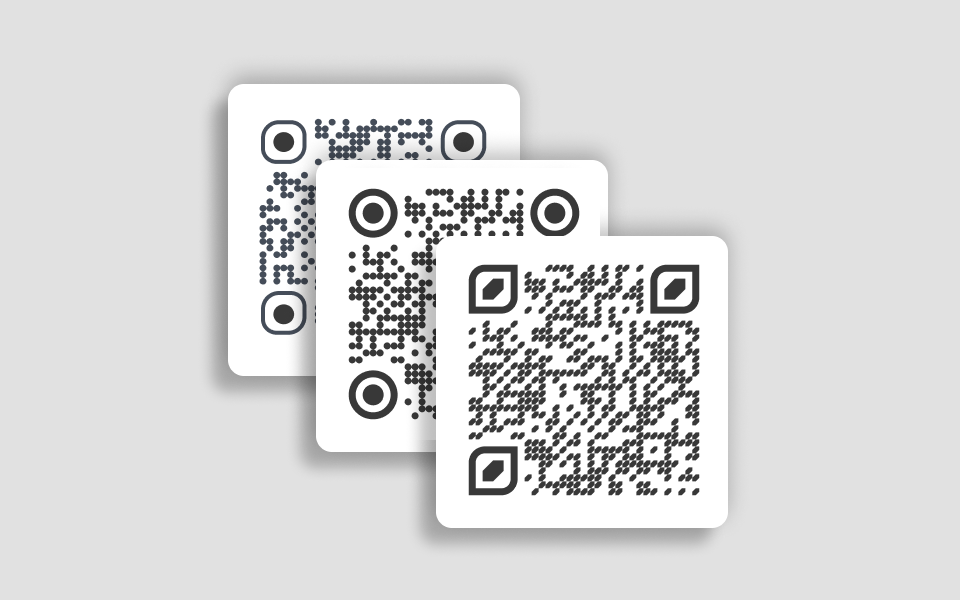Do you want to make your business more efficient? Do you want to be able to take control of your company’s contracts, track them in real time, and get insights into how they’re performing? If so, contract lifecycle management software can help you do all that and more.
What is contract lifecycle management software?
Contract lifecycle management software helps companies to manage their contracts. It can help companies with contract management, contract review and negotiation, contract execution, and contract lifecycle management.
Visibility
The first step in creating a successful business is to be clear on what your customers want. You should know what their problems are, how you can solve them, and what they value in the solutions you provide. This information will lead to more sales, and ultimately, higher profits.
With visibility into these areas—and a platform that gives you access to information about all of them—you’ll be able to make smart decisions about how best to serve your customers’ needs
Analytics
As you can see, contract lifecycle management software can help you track the progress of contracts and their performance. But it’s not just about monitoring your contracts; it’s also about monitoring how well they’re performing so that you can make changes as necessary. This is crucial for keeping your project on time and under budget.
It’s important to know whether a contract is being followed properly because this will allow you to determine if there are any areas where improvement may be needed—and what those improvements might be. For example, if a contractor fails to perform any task within the specified timeframe or without causing any problems, then maybe it makes sense for them not to be awarded future projects with your company.
Negotiation and redlining
One of the most important aspects of contract lifecycle management software is the ability to negotiate and redline. This technique allows you to highlight changes you want to be made to a document without having to write out each change individually. This is done by highlighting each section with either red ink or some other color that’s easy for the reader to see, and then writing down what needs changing in notes or comments.
Negotiation and redlining are essential tools when it comes to creating contracts on your own or with your business partners. They’re also useful when working with lawyers who specialize in contract law, as they’ll often use this method as part of their negotiation process.
Integrations
Your contract lifecycle management software should be able to integrate with other applications and services. This will allow you to automate processes and streamline workflows, which can save you time and money in the long run.
Integration types vary widely, but some examples include:
- Integrations with Salesforce.com or other CRM platforms to send contracts through the pipeline, track their progress, and ensure that everything is being done correctly
- Integrations with email programs like Gmail or Outlook email clients to send out contracts automatically when they’re signed by both parties
- Integrations with cloud storage providers like Dropbox or Google Drive so that users have access to their contract files anywhere at any time
- Third-party integrations for functions such as electronic signatures on documents
Conclusion
Contract lifecycle management software is a powerful tool that will help your business run smoother, save time and money, and even grow revenue. If you’re ready to start taking your business to the next level with this kind of software, then this article should have given you some ideas on what features are most important for your particular needs.








